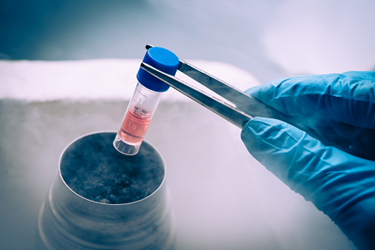Cell Culture Process Scale-Up Challenges For Commercial-Scale Manufacturing Of Allogeneic Pluripotent Stem Cell Products
By Brian Lee, Sunghoon Jung, Yas Hashimura, Maximilian Lee, Breanna S. Borys, Tiffany Dang, Michael S. Kallos, Carlos A. V. Rodrigues, Teresa P. Silva, and Joaquim M. S. Cabral

Manufacturing allogeneic cell therapies derived from pluripotent stem cells (PSCs) at a commercial scale requires robust and scalable bioreactor technologies. A significant factor impacting PSC expansion and differentiation is the hydrodynamic environment within the bioreactor. This white paper examines how mixing characteristics, particularly fluid flow patterns, turbulent energy dissipation rates (EDR), and shear forces, affect the morphology and viability of PSC aggregates.
Traditional horizontal-blade impeller bioreactors often create heterogeneous hydrodynamic conditions, leading to inconsistent aggregate size and nutrient distribution, especially at larger volumes. We contrast this with vertical-wheel bioreactors, which offer a more homogenous mixing environment. By understanding the critical relationship between hydrodynamic forces and cell behavior, more effective scale-up strategies can be developed.
Discover more about optimizing hydrodynamic conditions for scalable PSC manufacturing – access the full white paper.
Get unlimited access to:
Enter your credentials below to log in. Not yet a member of Bioprocess Online? Subscribe today.
